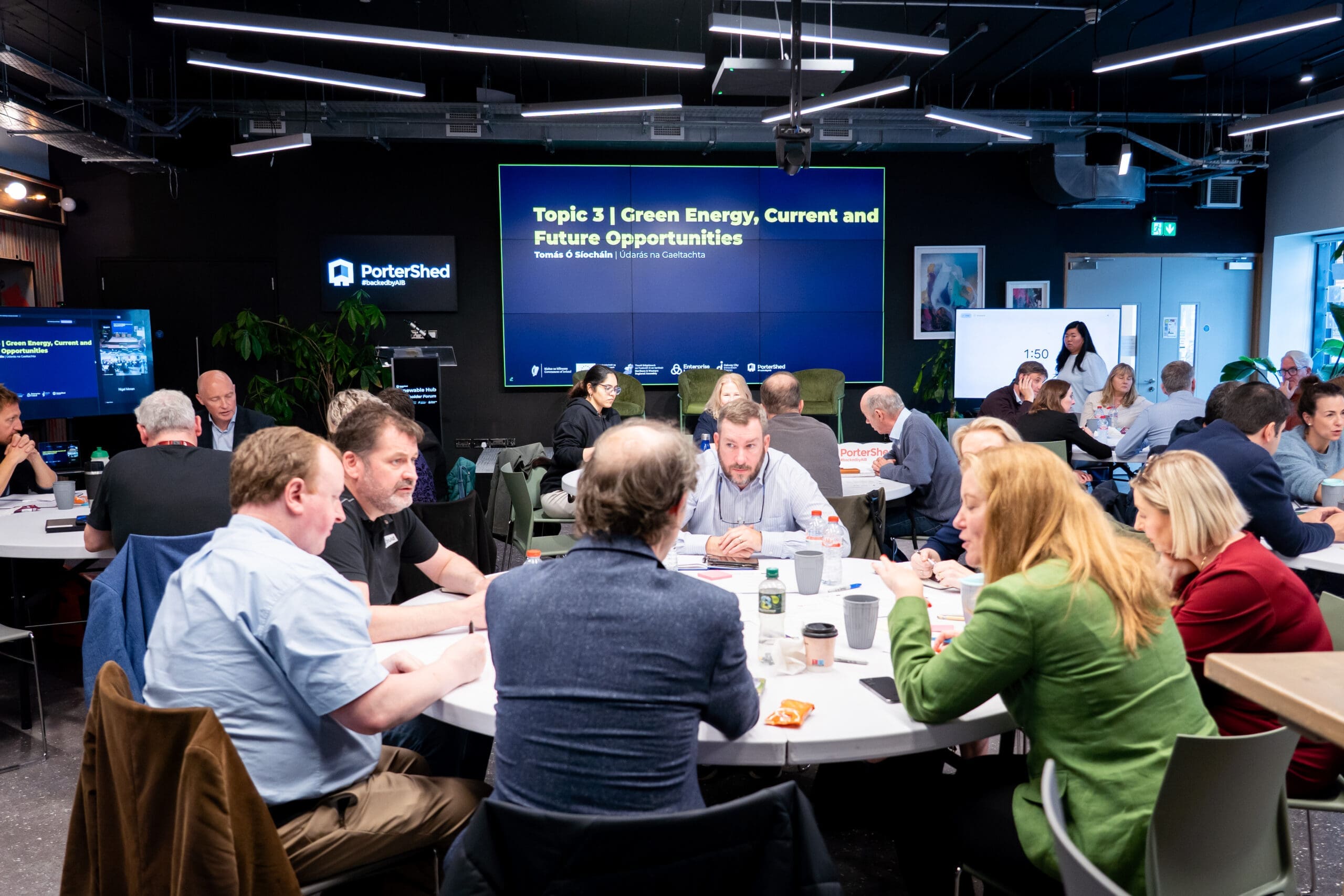A View from the Fridge
I’m an Investor, Now Talk to Me (part 2 of 2)
A quick note before going to my second post about investors, decks, and salesmanship.
This recent announcement concerning the Irish Innovation Seed Fund is a step in the right direction for the knowledge economy.
More importantly, a political leader – the Tanaiste, no less – stood up publicly to say that the government had to do more for startups and entrepreneurship across the island. Big ups to Scale Ireland for their advocacy of startups, SMEs, investment in the future.
Now, where was I?
In the last post, we emphasized presentations that focus on the things most important to investors – and to cut through the clutter that makes the old, song-and-dance deck almost unlistenable on a Zoom call. And we proposed that brevity is beauty, and that performance skill – and practice, practice, practice – are a critical part of the equation.
So you’ve shrunk the presentation to 6 or 7 minutes, now what to do with all the extra time??? More opportunity for interaction with your audience, which is far more valuable than presentation.
Remember, presentation is Socratic, ‘spray and pray’ in the traditional sense. It’s theatre, not reality.
When you get to Q&A, you engage, you look someone in the eye and discuss your business, your market, your assumptions, your passions – that’s where the juice is, where the potential investor can begin to understand who you are and what makes you tick. After all, you are asking them to hand you wads of cash. So you need to establish bona fides – among them credibility, maturity, trust – and the qualities that make you a good decision-maker, leader, partner, salesperson, crisis manager.
A great presentation followed by a poor Q&A is likely a fail.
A poor presentation followed by a great Q&A is likely to effect a second meeting. Often because the presentation does not identify what your business is really about, or why you have a strategic advantage. The ‘Aha’ moments are usually the product of a good Q&A.
My notes on Q&A:
- Eye contact. Talk to the questioner, if the room allows, walk towards them and engage them personally. Smile. You want to encourage informality and personability (in contrast to the presentation). Be a little humorous, humble, self-effacing. Smile a lot.
- Take notes. Show that you respect the audience, that you want to learn from the interaction. Better, have one of your team take notes of who said what. The notes are invaluable when it comes to follow-up, which part of the Q&A magic. Reach out to anyone who shows interest, ask for one-on-one opportunities.
- Due diligence. Know your stuff – the market, the need, the channels, the scale. But don’t come off as a know-it-all. If you’re asked a question you don’t know, don’t wave your hands or flail. Here’s a more useful answer: ‘I don’t know offhand, but if you give me your card, I’ll follow up with the information’ (always work to connect, to continue discussions).
- Investors just want to be loved. Investors like nothing better than tripping up entrepreneurs. So you’re going to get a lot of aggressive, difficult, patronizing questions. Investors like to think they are smart and are happy to show off. The Q&A is no place for an argument; investors are the customers and you’re the salesperson, so you’re already in a one-down position. Turn the question into an opportunity for follow-up, help, etc. ‘Your data and my data are at odds. It would be helpful if we could find time to sit down and compare notes? It would really help with our modeling.’ Or ‘I’ve never heard of that regulation. Thanks for bringing it to our attention. Can you help me connect with the right people in the government?’ Or ‘That’s a very radical vies of fintech. Could I buy you a coffee and learn more about how you see the market?’ Remember, a strong response means that you’ve struck a chord, even if it sounds negative. It’s easier to turn a negative into a positive than turn a lack of interest into positive interest.
- Q&A jujitsu. Remember, everyone has a reason for speaking up beyond the question being asked. Some people like the sound of their own voice. Some people have the need to show off how smart they are, or to be ball-busters, or even to curry favor. These motives are not hard to ferret out. Play up to them, give the customer what he/she wants. Acknowledge the person who wants to be smart (ask if you and she can talk offline), thank the person who wants to undermine you (get that next meeting!), make sure to find them after the session in order to shake their hands, thank them, trade contact info.
Here’s the good news. The Irish are great at this from two angles. First, Ireland is a very conversation-friendly place. This kind of exchange tends to be more spontaneous and natural than in other parts of the world. And, second, the natural Irish empathy, the desire to help, is never far behind a question or criticism. If you’re willing, the Q&A becomes a gift, not a gamut to be run.
As always, hit me up with questions, comments, etc. Thanks for visiting!

Bob Rosenberg
Educator (Associate Professor) / Entrepreneur / Leader of angel
communities /Entrepreneur in residence at PorterShed
and BioExcel / Rarosenberg@gmail.com


